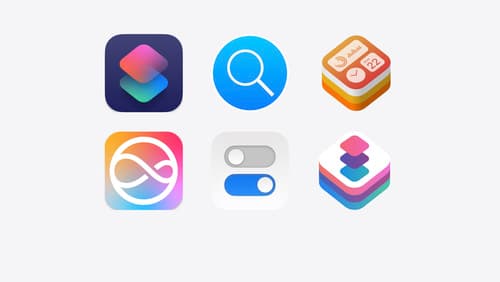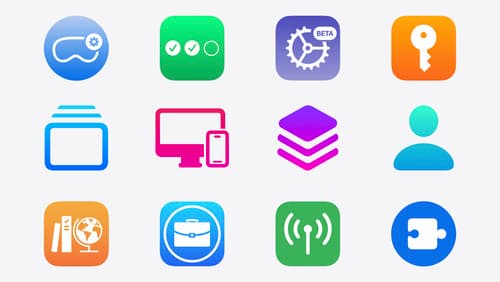how do I implement a FileProvider for Mac?
Asked on 2024-08-04
1 search
To implement a FileProvider for Mac, you can follow these general steps:
-
Create a new target for your FileProvider extension:
- Navigate to the File menu in Xcode and select "New Target".
- Choose the platform for the extension, which in this case is macOS.
- Search for the appropriate extension template and configure it.
-
Configure the extension:
- Once the new target is added, activate the extension.
- Implement the necessary methods to handle file operations such as reading, writing, and managing files.
-
Debugging and testing:
- Use command line utilities like
mdutilto simulate requests to your bundle ID for debugging purposes. - Set breakpoints in your code to catch specific points and ensure your implementation is working as expected.
- Use command line utilities like
For a more detailed guide, you can refer to the session on Support semantic search with Core Spotlight which provides a demo on creating an index delegate extension, which is similar in nature to creating a FileProvider extension.
Relevant Sessions
- Support semantic search with Core Spotlight (Demo: Creating an index delegate extension)
- What’s new in privacy (macOS Extensions transparency and control)
These sessions will give you a good starting point and additional context on how to manage extensions and their lifecycle on macOS.

What’s new in App Intents
Learn about improvements and all-new features with App Intents, and discover how this framework can help you expose your app’s functionality to Siri, Spotlight, Shortcuts, and more. We’ll show you how to make your entities more meaningful to the platform with the Transferable API, File Representations, new IntentFile APIs, and Spotlight Indexing, opening up powerful functionality in Siri and the Shortcuts app. Empower your intents to take people deep into your app with URL Representable Entities. Explore new techniques to model your entities and intents with new APIs for error handling and union values.

Build a great Lock Screen camera capture experience
Find out how the LockedCameraCapture API can help you bring your capture application’s most useful information directly to the Lock Screen. Examine the API’s features and functionality, learn how to get started creating a capture extension, and find out how that extension behaves when the device is locked.

What’s new in device management
Learn about the latest management capabilities for iOS, iPadOS, macOS, and visionOS, then discover the latest changes to Apple Business Manager and Apple School Manager. We’ll also share updates to Activation Lock, SoftwareUpdate, and Safari management.
